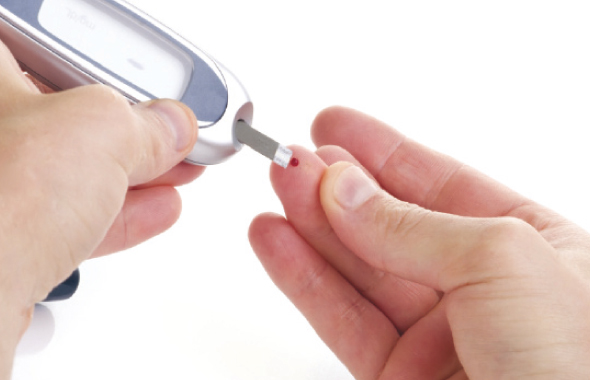The Healthy Dose – Sugar and Diabetes Part 1
By Parth Dwivedi
HOUSTON: Before development of a treatment in 1923 Diabetes Mellitus commonly caused extreme weight loss, dehydration, and weakness until acidic blood killed most people affected. Children born with it would die before their second birthday. Diabetes can be controlled effectively today, but it is still a problem in the South Asian community, amongst others.
Diabetes Mellitus and Diabetes Insipidus share similar names, but are basically different diseases altogether. Diabetes Mellitus is characterized by elevated blood glucose and is usually the one that comes up in conversation. Funny enough, mellitus means “sweet” in Latin, a reference to the early method of diagnosis where a doctor would have to note the sweet flavor of a patient’s urine. Ew, right?
The main player in Diabetes Mellitus is a protein called Insulin, which is made in the pancreas. Normally as food is digested in the intestines it is broken down into glucose and enters the blood stream for transport throughout the body.
This is where Insulin comes in. It has a few different jobs but we will focus on one in particular; Insulin causes glucose to be absorbed into different parts of the body from the bloodstream. In other words, Insulin decreases the amount of glucose in blood.
Inability to absorb glucose is what causes the fatigue associated with Diabetes. After all, if less fuel is getting to your car, it makes sense that the car would start slowing down. This hits the brain especially hard, as it is the only organ in the body that relies exclusively on glucose for energy.
While this is going on glucose builds up in the bloodstream. The number of substances in the blood matters a lot, and the body must maintain an even ratio of fluid to molecular substance. This ratio is called the osmolar ratio of blood.
An increase in blood glucose increases the osmolar ratio which causes the body to send more water into the bloodstream to balance it out. The immediate effect of more blood fluid is increased urination, which can be thought of as water loss. Losing water causes dehydration which makes fatigue even worse. High blood pressure is also created in the long run, which creates complex health problems.
This is a good time to keep in-mind that glucose will be escaping with the urine, although not quickly enough to make a difference in the blood. Some of the ways this shows up is as bubbles following urination, and of course, a diagnostic tool doctors across the world were happy to quit using.
Join us next week when we continue this article and talk about the different types of Diabetes Mellitus.


